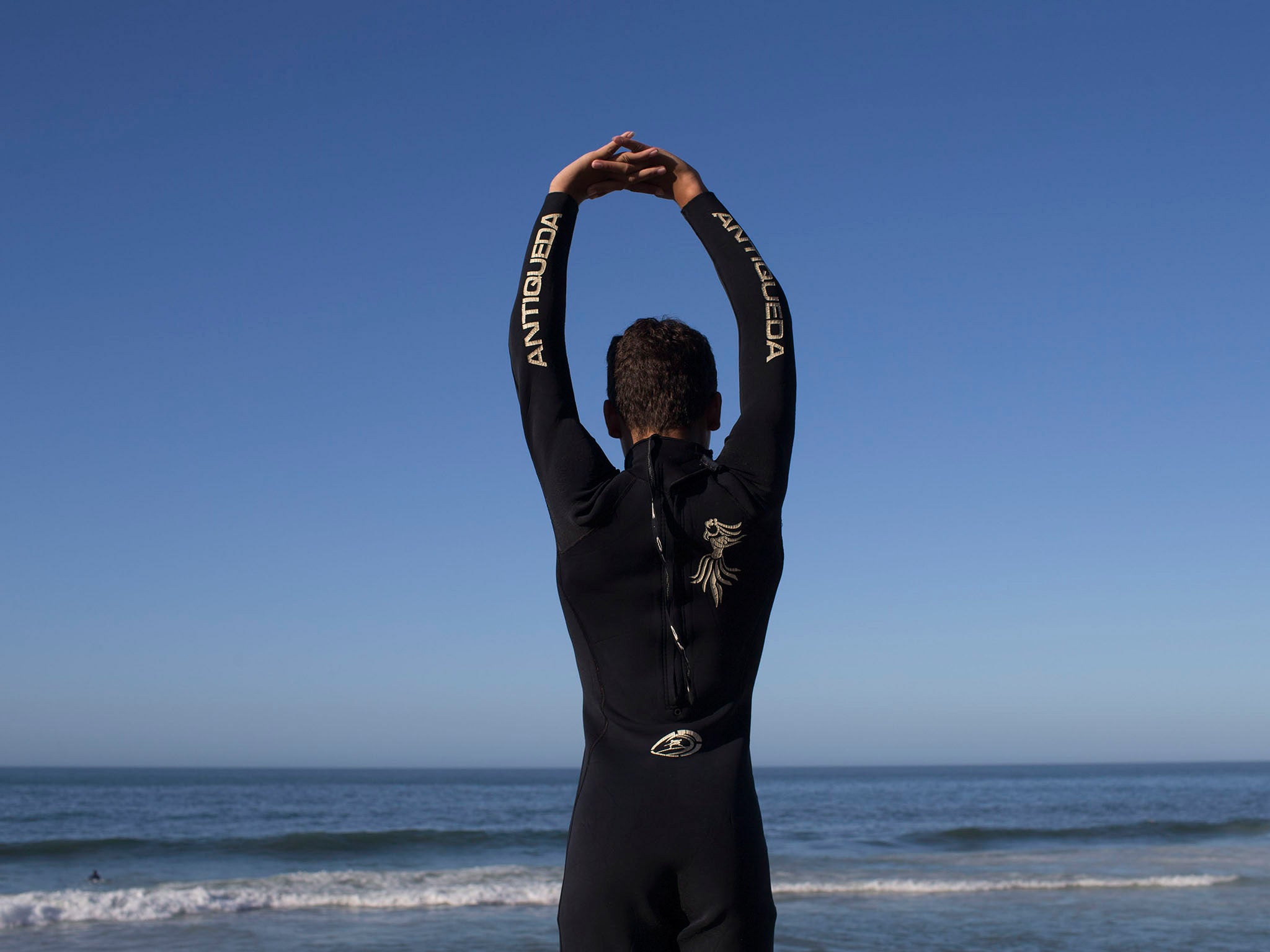
As a middle-aged, professionally successful man, he grapples with his aging body and the contradictions of surfing’s commodification, at one point returning as a high-end tourist to a wave he pioneered as a penniless kid.


Yet the core of the book is a surfing chronicle, and Finnegan possesses impeccable short-board bona fides. Throughout this lengthy work, Finnegan never loses sight of the marginalized, such as the black students he taught in apartheid South Africa. and fatherhood, the waves still beckoned, even if that meant enduring a January swell off Long Island. The social inequality he witnessed led him to journalism, but after his return to the U.S.

In the late 1970s, he set out in pursuit of a perfect wave, and spent five years circumnavigating the globe with long stops in Polynesia, Australia, Thailand, Indonesia, and South Africa. Arriving on Oahu from California at 13, in the mid-1960s, Finnegan discovered that Hawaiian public school students weren’t particularly welcoming to haoles surfing brought him acceptance and contentment, and would remain central to his life for the next half century.

OL17625868W Page_number_confidence 94.49 Pages 474 Partner Innodata Pdf_module_version 0.0.15 Ppi 360 Rcs_key 24143 Republisher_date 20211011221832 Republisher_operator Republisher_time 646 Scandate 20211009155131 Scanner Scanningcenter cebu Scribe3_search_catalog isbn Scribe3_search_id 9781594203473 Tts_version 4.In this panoramic and fascinating memoir, long-time New Yorker staff writer Finnegan pays tribute to the ancient art of surfing. Access-restricted-item true Addeddate 19:05:36 Boxid IA40258020 Camera USB PTP Class Camera Collection_set printdisabled External-identifier


 0 kommentar(er)
0 kommentar(er)
